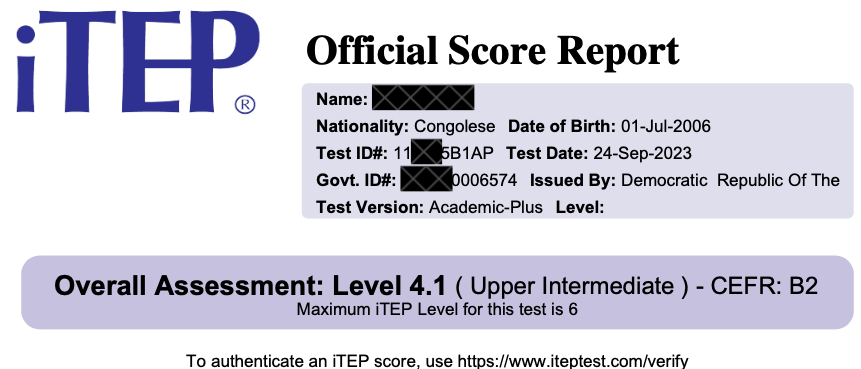Common Reference Levels
Global Scale CEFR Levels
A summary of proposed Common Reference Levels. This ‘global’ representation will make it easier to communicate the system to non-specialist users and will provide planning and orientation points.

The CEFR organizes language proficiency in six levels, A1 to C2, which can be regrouped into three broad levels: Basic User, Independent User, and Proficient User, and that can be further subdivided according to the needs of the local context. The levels are defined through ‘can-do’ descriptors. The levels did not suddenly appear from nowhere in 2001 but were a development over a period of time.

A1
Can understand and use familiar everyday expressions and very basic phrases aimed at the satisfaction of needs of a concrete type. Can introduce him/herself and others and can ask and answer questions about personal details such as where he/she lives, people he/she knows and things he/she has. Can interact in a simple way provided the other person talks slowly and clearly and is prepared to help.

A2
Can understand sentences and frequently used expressions related to areas of most immediate relevance (e.g. very basic personal and family information, shopping, local geography, employment). Can communicate in simple and routine tasks requiring a simple and direct exchange of information on familiar and routine matters. Can describe in simple terms aspects of his/her background, immediate environment and matters in areas of immediate need.

B1
Can understand the main points of clear standard input on familiar matters regularly encountered in work, school, leisure, etc. Can deal with most situations likely to arise whilst travelling in an area where the language is spoken. Can produce simple connected text on topics which are familiar or of personal interest. Can describe experiences and events, dreams, hopes & ambitions and briefly give reasons and explanations for opinions and plans.

B2
Can understand the main ideas of complex text on both concrete and abstract topics, including technical discussions in his/her field of specialisation. Can interact with a degree of fluency and spontaneity that makes regular interaction with native speakers quite possible without strain for either party. Can produce clear, detailed text on a wide range of subjects and explain a viewpoint on a topical issue giving the advantages and disadvantages of various options.

C1
Can understand a wide range of demanding, longer texts, and recognise implicit meaning. Can express him/herself fluently and spontaneously without much obvious searching for expressions. Can use language flexibly and effectively for social, academic and professional purposes. Can produce clear, well-structured, detailed text on complex subjects, showing controlled use of organisational patterns, connectors and cohesive devices.

C2
Can understand with ease virtually everything heard or read. Can summarise information from different spoken and written sources, reconstructing arguments and accounts in a coherent presentation. Can express him/herself spontaneously, very fluently and precisely, differentiating finer shades of meaning even in more complex situations.
Why Is CEFR Important To Us?
Students all over the world grow up knowing about CEFR. If you ask a student to take an English exam, the first question is going to be, "What is the minimum CEFR level I need?"
Our Score Report is aligned to CEFR, and the certificate awarded to each test-taker uses only the CEFR Level to indicate proficiency.
Just below is a part of a score report showing where we place the reference to the CEFR level.

The excerpt below from a Score Report indicates the iTEP Level, the Recommended CEFR Level, and the all-important Overall Ability Guide, which further explains the full English proficiency of the test-taker. This appears at the end of the official Score Report.

An iTEP Certificate of Proficiency appears below.




